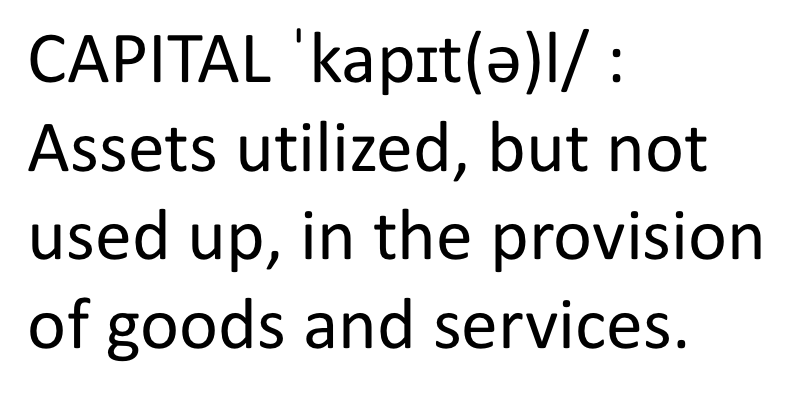Link here to the full briefing on Research Gate

The table above gives an example of how to use Real Capital accounting to clarify policy. Policy is an asset, liability is shortfall and equity is performance against policy. Find more explanations in the video and briefing.
Is it possible to present information in a rational way, to policy makers, that does not need financial information to be useful to policy makers? Could scientists do this without becoming economists? In an era where scientific advancements shape our understanding of the world, the gap between science and politics remains a significant challenge. This divide often results in politicians struggling to effectively process scientific information and translate it into sound policy decisions – leaving it to economists.

